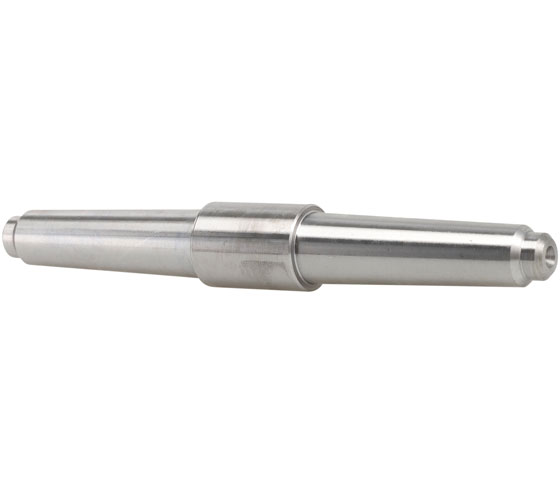Hi,
I've a Perform CCSL and the tailstock has a large amount of play between itself and the bed. I'm making some guide blocks to bolt to it with adjustment so I can line it up and fix it in the correct position.
My problem is how to line up it with the head stock and also to line up the head stock.
As many will know that although the headstock has index positions it will not line up to within a millimeter or so.
I currently am turning pens an would like to get it lined up as well as possible. At the moment when I insert the live centre into the pen mandrel it pushes the end over.
Is there a text book way of lining the head and tail stock up. I can imagine using a straight bar and centre, lining up as well as possible and then swapping over the ends and lining up finer.
Cheers
Andy
I've a Perform CCSL and the tailstock has a large amount of play between itself and the bed. I'm making some guide blocks to bolt to it with adjustment so I can line it up and fix it in the correct position.
My problem is how to line up it with the head stock and also to line up the head stock.
As many will know that although the headstock has index positions it will not line up to within a millimeter or so.
I currently am turning pens an would like to get it lined up as well as possible. At the moment when I insert the live centre into the pen mandrel it pushes the end over.
Is there a text book way of lining the head and tail stock up. I can imagine using a straight bar and centre, lining up as well as possible and then swapping over the ends and lining up finer.
Cheers
Andy


































